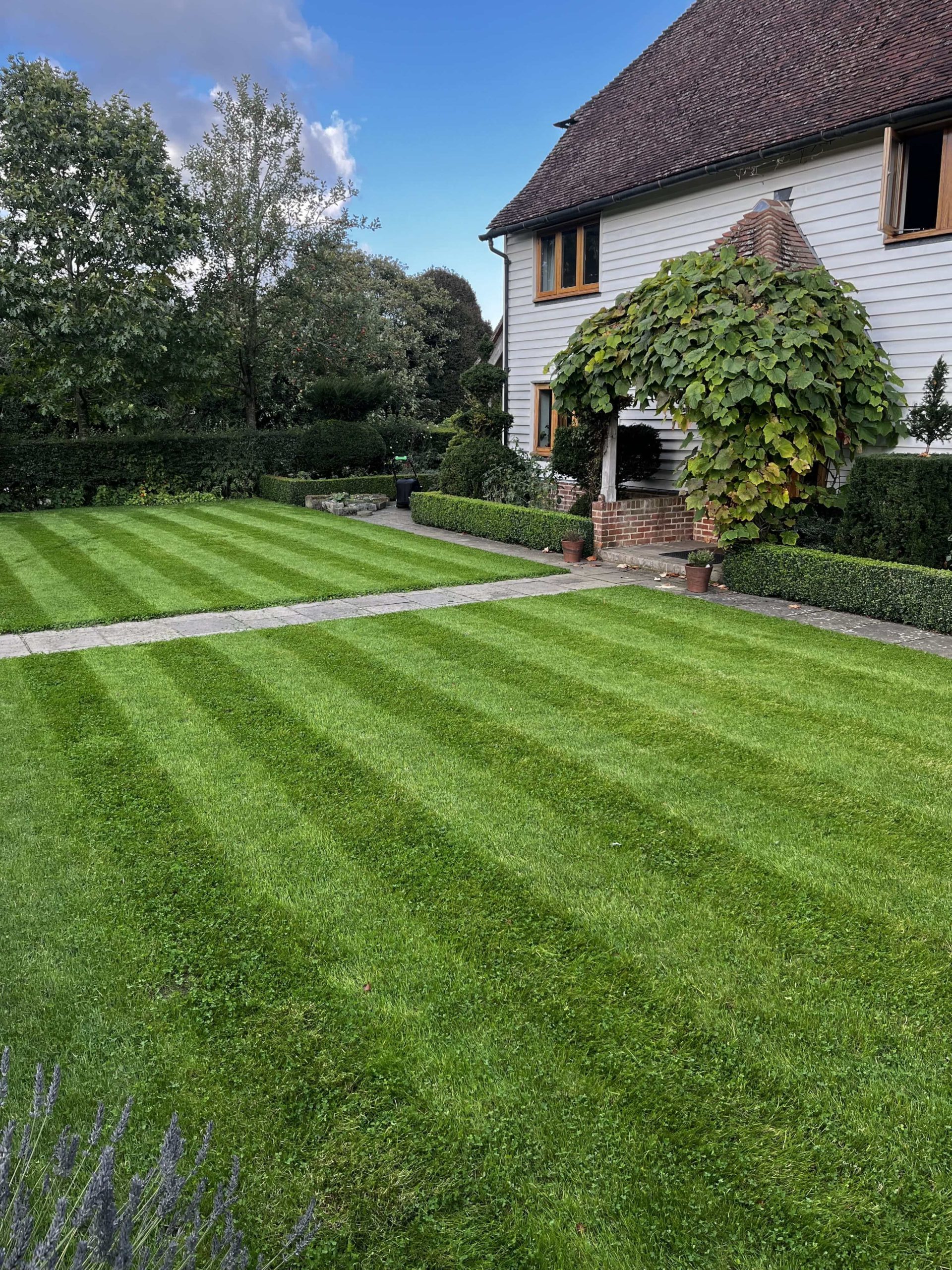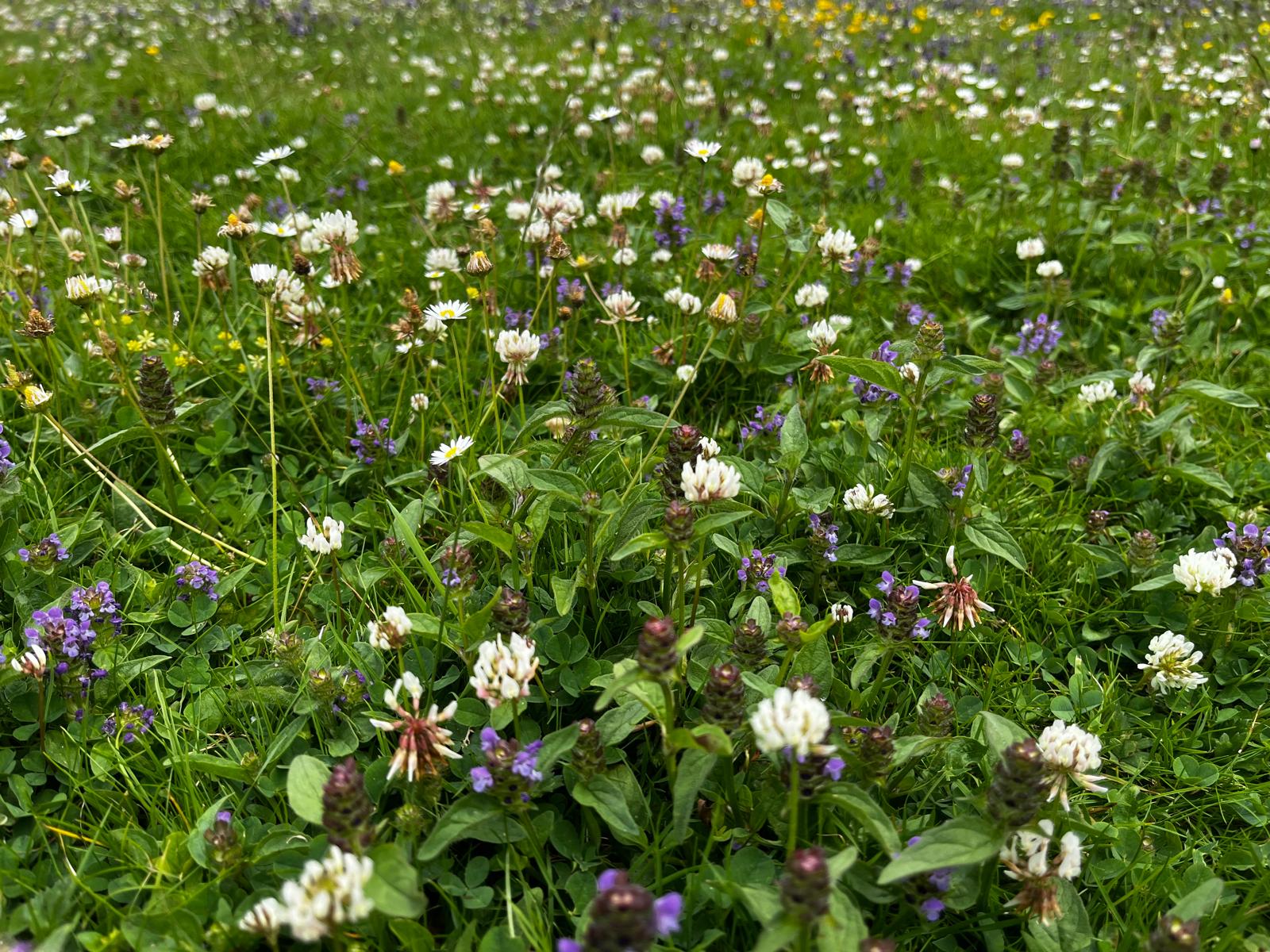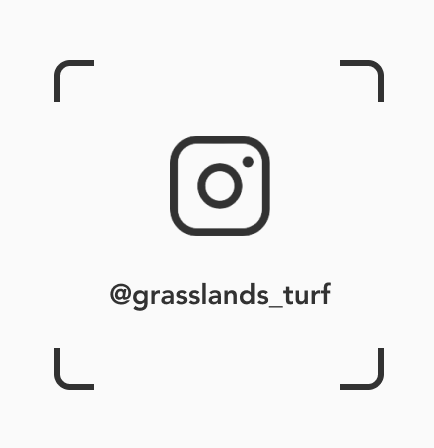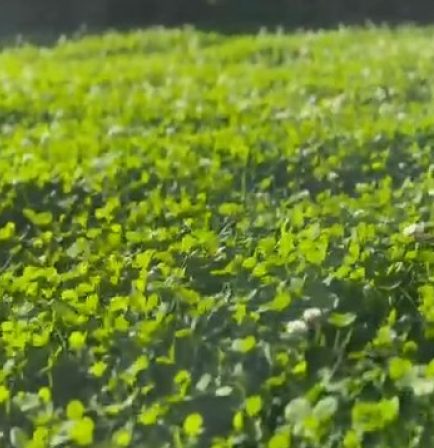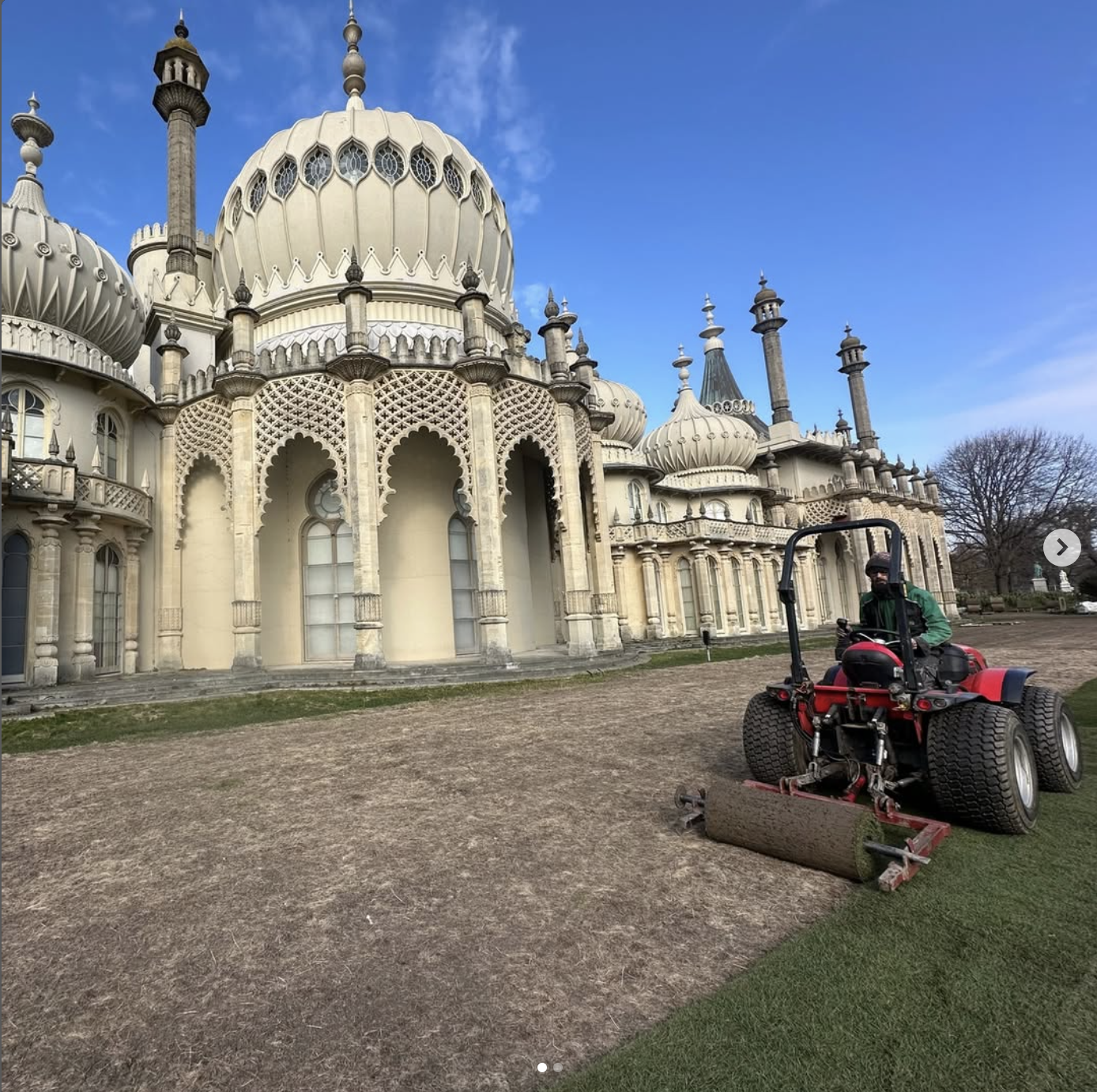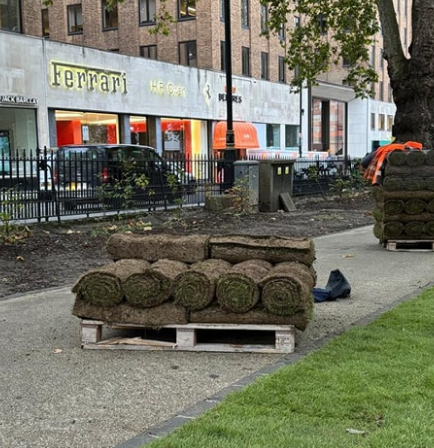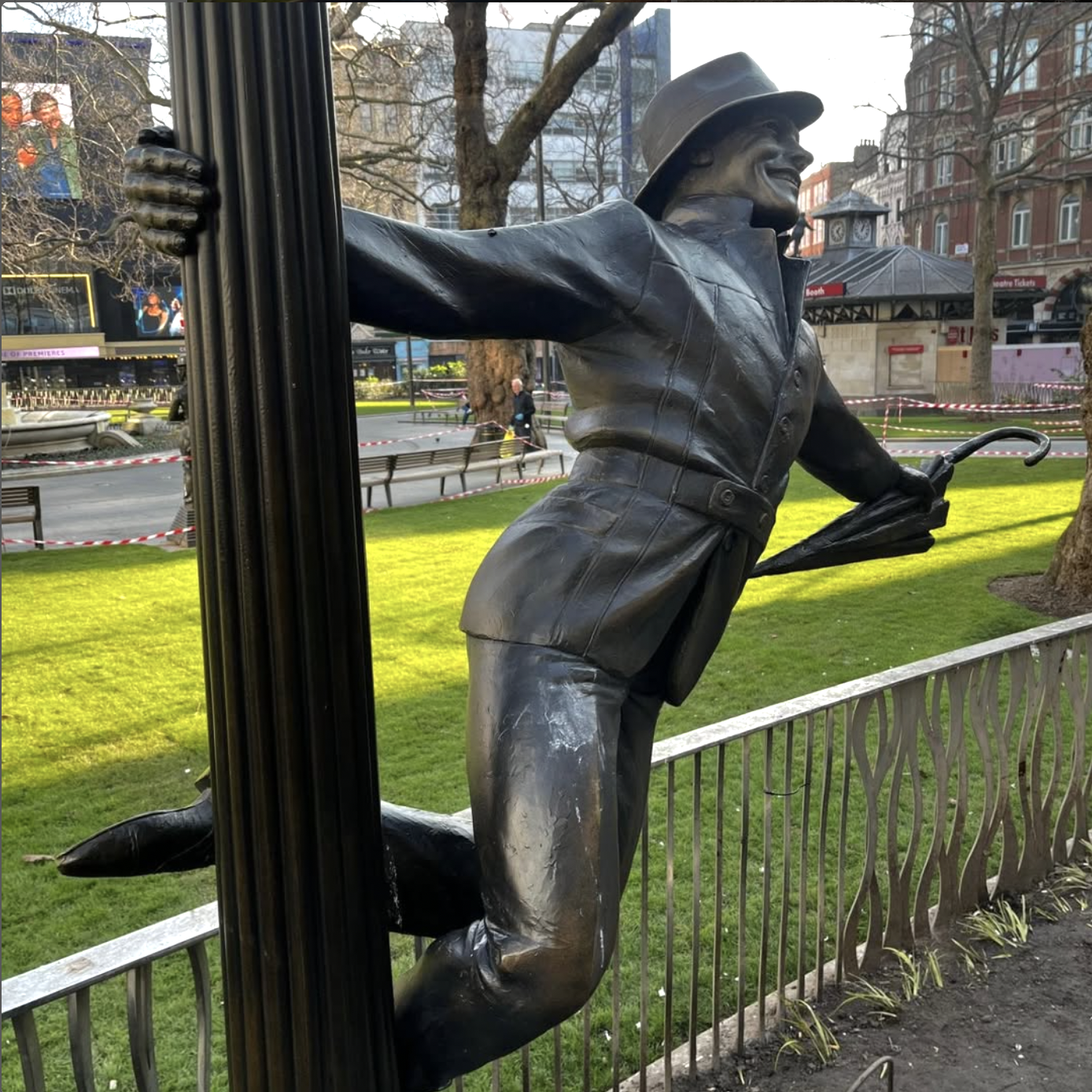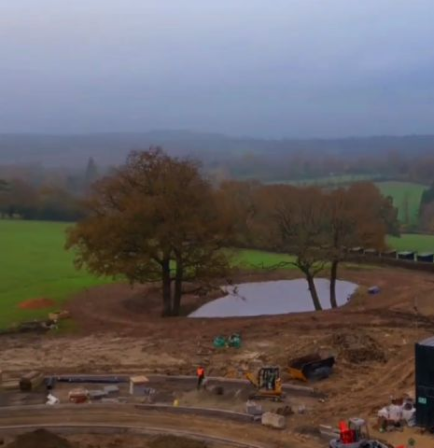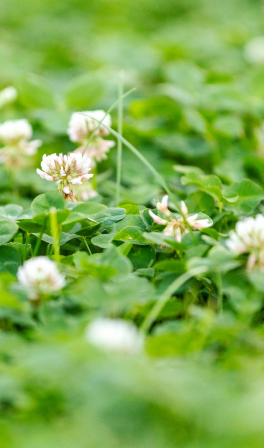Have you noticed your neighbourhood bursting with colour lately? Those vibrant dandelions, cheerful buttercups and industrious bees buzzing between them? It must mean No Mow May – the brilliant but imperfect campaign that’s transformed British gardens into wildlife havens practically overnight. Read on to discover the truth about No Mo May.
The truth about No Mow May
Let’s be clear: No Mow May deserves enormous credit for what it’s achieved. For decades, we’ve been culturally programmed to believe that a ‘good’ garden means a crew-cut lawn with military-straight stripes. The revolutionary idea that letting your lawn grow wild is incredibly beneficial and has changed how millions view their outdoor spaces.
Here’s where things get thorny
No Mow May is brilliant – but it isn’t enough on its own. And that’s not a criticism, but an opportunity.
If we’re serious about supporting biodiversity, we need to build on this fantastic foundation. A single month of lawn liberation is a tremendous start, but the potential for what comes next is even more exciting.
Here’s the opportunity: by June, when many gardeners return to their mowing routines, numerous wildflowers are only just hitting their stride. Just as the bees have discovered your little meadow paradise – WHIRR! – the feast disappears. What if we could extend that biodiversity bonanza beyond a single month?
At Grasslands, we’ve spent years trying to get the weeds out of our turf, and then, in a delicious irony, spent the last few trying to put them back in. Why? Because we’ve come to understand that a truly healthy ecosystem needs more than just a one-month holiday from the blades.
Beyond No Mow May
What about Let It Bloom June? Or Leave It High July? Or even Allow It August?
The truth about No Mo May and biodiversity, is that different wildflower species bloom at different times. Selfheal, white clover, and bird’s-foot-trefoil – all crucial nectar sources found in our Floral Lawn – don’t reach their peak until mid-summer. Cut them down in June, and you’re essentially closing the café just as customers are arriving.
3What we’ve observed with our species-rich lawns is that pollinator activity continues to increase well beyond May, with some of the most abundant insect visits occurring in June and July when different wildflower species take their turn to bloom.
A better way forward
So, should we bin No Mow May altogether? Absolutely not. But we should see it as the starting point of a journey, not the destination.
Here’s what actually works:
The rotation method
- Divide your lawn into sections and rotate which part gets the ‘no mow’ treatment each month
- Perhaps a third in May, another third in June, and the final section in July
- This creates a continuous nectar bar while still maintaining some ‘tidy’ areas
The community approach
- Get your street involved
- Coordinate with neighbours so different houses let different sections grow wild in rotation
- Your road becomes a connected series of micro-habitats, with something always in bloom somewhere
The meadow patch
- Designate a permanent area, even if it’s small, as your meadow patch
- This stays wild from spring through autumn, only getting cut back once flowering has finished completely
The species upgrade
- This is where companies like ours come in
- Consider replacing portions of traditional grass with species-rich alternatives
- Our Floral Lawn contains buttercups, daisies, selfheal, and bird’s-foot-trefoil, creating a vibrant, pollinator-friendly space that’s still perfectly usable
- Or try our Species Rich Turf with its 80/20 grass/wildflower mix for instant biodiversity
The real revolution
The true power of No Mow May isn’t in the month itself – it’s in changing how we think about our gardens. It’s about recognising that our outdoor spaces aren’t just extensions of our living rooms, designed solely for our pleasure, but vital ecological habitats that we have the privilege of stewarding.
The campaign has cracked open the door to a new way of thinking. Now it’s time to fling that door wide open and step boldly through.
So yes, let your lawn grow wild this May – but don’t stop there. The bees, butterflies, and countless other unsung heroes of our ecosystem need more than just a month-long gesture. They need a revolution in how we manage our green spaces.
And that revolution starts with you deciding that maybe, just maybe, the perfect lawn isn’t perfect after all.
Grasslands has spent years perfecting turf – first trying to get the weeds out, and now carefully putting them back in. Visit our website to learn more about our Floral Lawn, Clover Rich Eco Turf, and Species Rich options that make every month a good month to support biodiversity.



